Understanding Denim Fabrics: A Comprehensive Guide
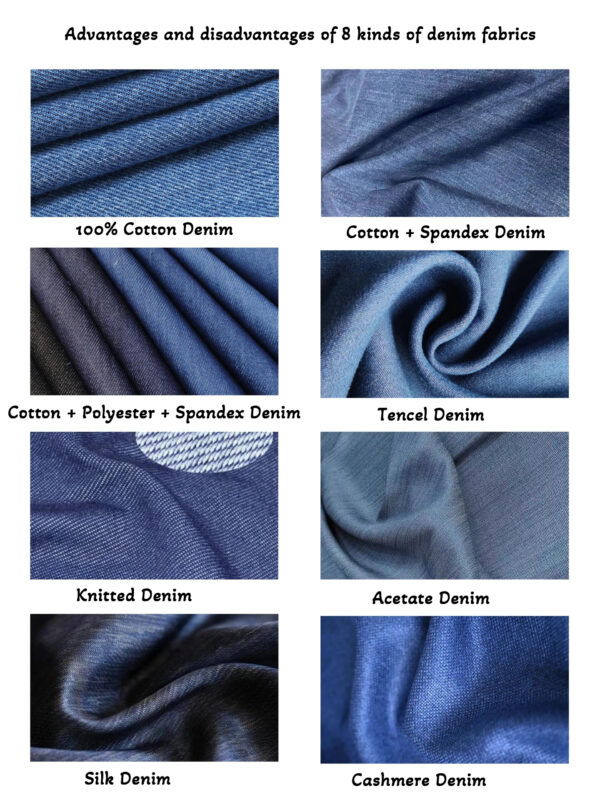
Estimated reading time: ~6 minutes
Introduction
When selecting denim fabrics for your designs or garments, it’s crucial to understand the various types available. This guide provides an overview of common denim fabric types, highlighting their key features, advantages, and disadvantages to assist you in making informed decisions.
1. 100% Cotton Denim
Pros:
- Comfortable: Made from natural cotton, this denim is breathable and soft, ideal for warm weather.
- Eco-friendly: Cotton is biodegradable, making this fabric a sustainable choice.
- Durable: Pure cotton denim is known for its robustness and resistance to wear and tear.
- Skin-friendly: Suitable for sensitive skin as it’s made from natural materials.
- Structured Look: Heavyweight, high-density cotton denim offers a strong, structured silhouette.
Cons:
- Shrinks Easily: Cotton denim can shrink significantly after multiple washes.
- Color Fading: Pure cotton denim tends to lose its color faster than synthetic blends.
- Rigid Feel: Without stretch, this denim may restrict movement during activities.

100% Cotton Denim
2. Cotton + Spandex Denim
Pros:
- Flexible Fit: Spandex adds elasticity, improving fit and comfort.
- Breathable: This blend maintains cotton’s moisture-absorbing properties.
Cons:
- Shape Loss: Excessive spandex content may lead to fabric distortion.
- Costly: Higher production costs may increase retail prices.

Cotton + Spandex Denim
3. Cotton + Polyester + Spandex Denim
Pros:
- Affordable: Blended fibers reduce production costs.
- Durable: Polyester enhances abrasion resistance and strength.
- Wrinkle-resistant: Requires less ironing and stays neat for longer.
Cons:
- Pilling Risk: Polyester fibers can form pills over time.
- Limited Moisture Absorption: This blend may trap moisture, causing discomfort in humid conditions.

Cotton + Polyester + Spandex Denim
4. Tencel Denim
Pros:
- Moisture Control: Tencel excels in absorbing moisture, keeping you dry.
- Soft and Smooth: Known for its silky touch, ideal for sensitive skin.
- Eco-friendly: Tencel is derived from natural wood pulp and is biodegradable.
Cons:
- Expensive: Tencel’s premium properties come at a higher price.
- Delicate Structure: Its lightweight nature may limit durability.
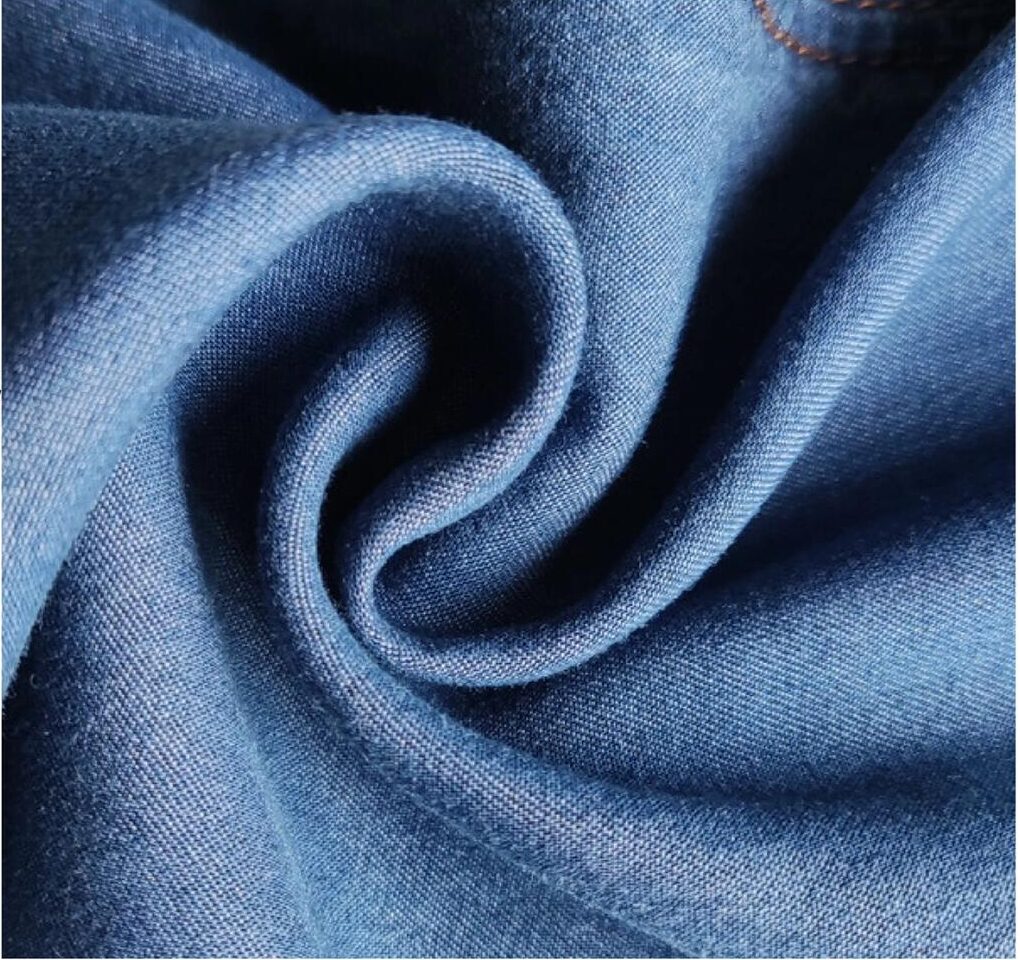
Tencel Denim
5. Knitted Denim
Pros:
- High Flexibility: Offers superior stretch and comfort.
- Special Features: Some knitted denim includes anti-bacterial, sweat-absorbing, or UV-resistant properties.
Cons:
- Color Instability: Requires careful washing to maintain color vibrancy.
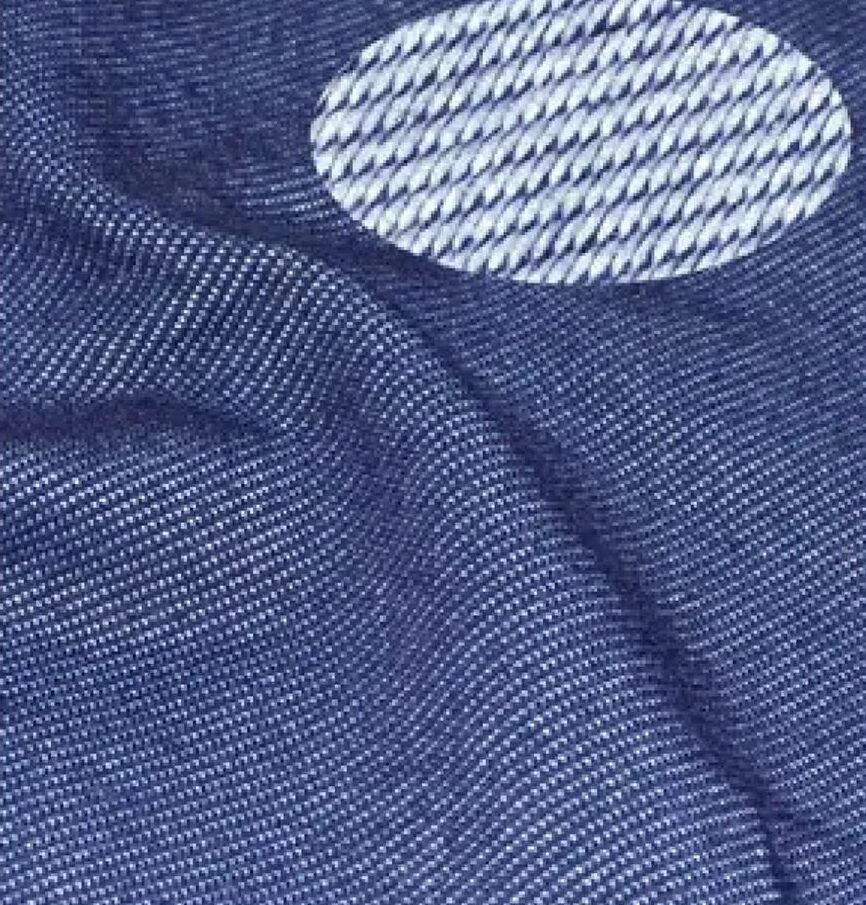
Knitted Denim
6. Acetate Denim
Pros:
- Eco-conscious: Acetate fibers are biodegradable and environmentally friendly.
- Shiny Finish: Offers a naturally glossy appearance.
- Soft and Flowing: Provides a sleek, draped look ideal for sophisticated designs.
Cons:
- Heat-sensitive: Acetate requires low-temperature washing to prevent damage.
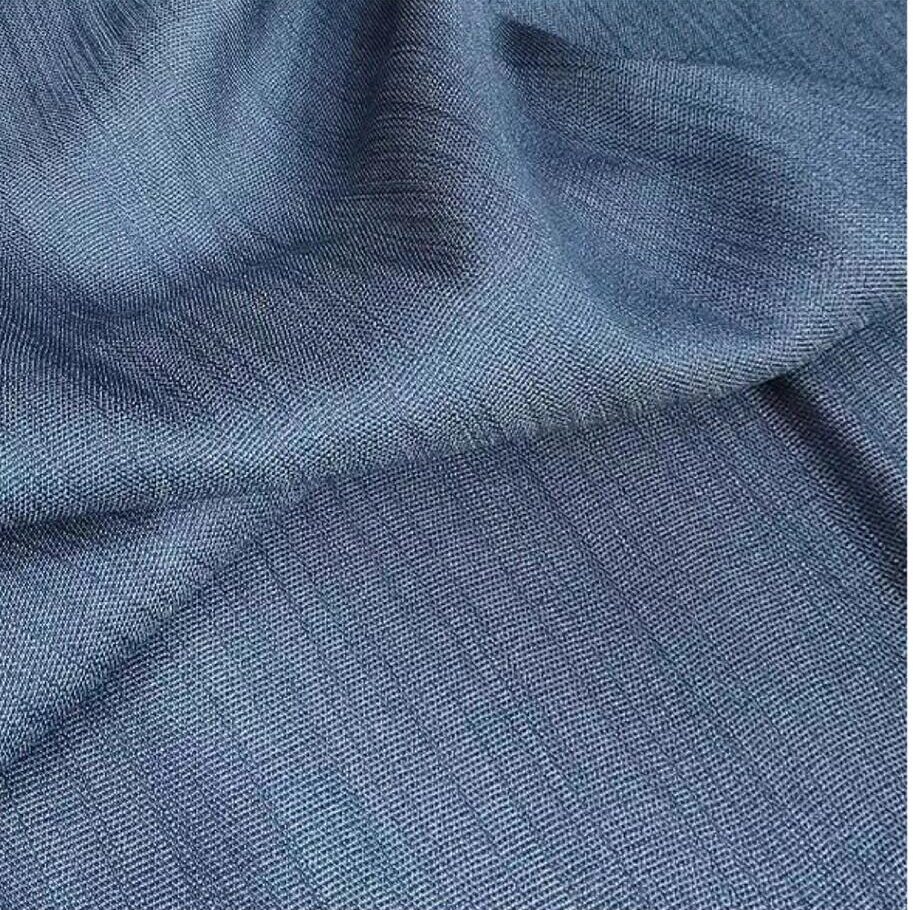
Acetate Denim
7. Silk Denim
Pros:
- Luxurious Texture: Silk denim feels exceptionally smooth and lightweight.
- Breathable and Cool: Ideal for summer garments.
Cons:
- High Maintenance: Silk requires delicate care to retain its texture.
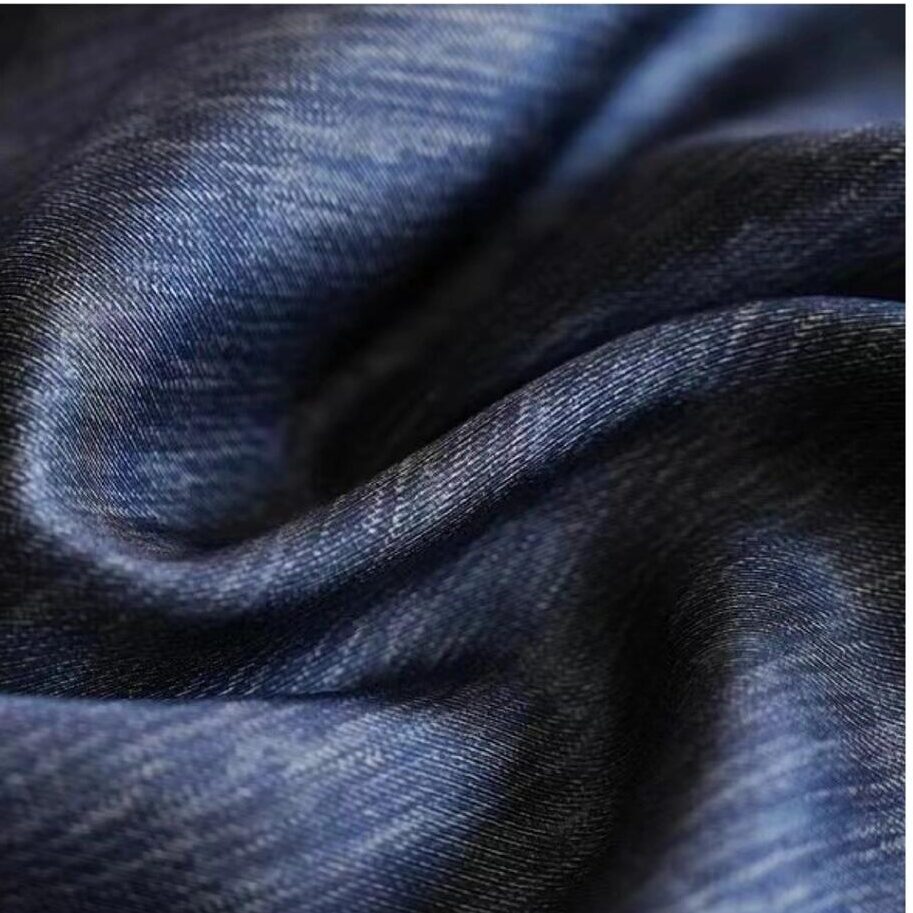
Silk Denim
8. Cashmere Denim
Pros:
- Superior Warmth: Cashmere fibers offer exceptional insulation, ideal for winter fashion.
- Soft Touch: Cashmere denim provides unmatched comfort.
Cons:
- Expensive: Cashmere’s premium quality demands a higher price point.
- Limited Versatility: Best suited for cold weather due to its warmth.
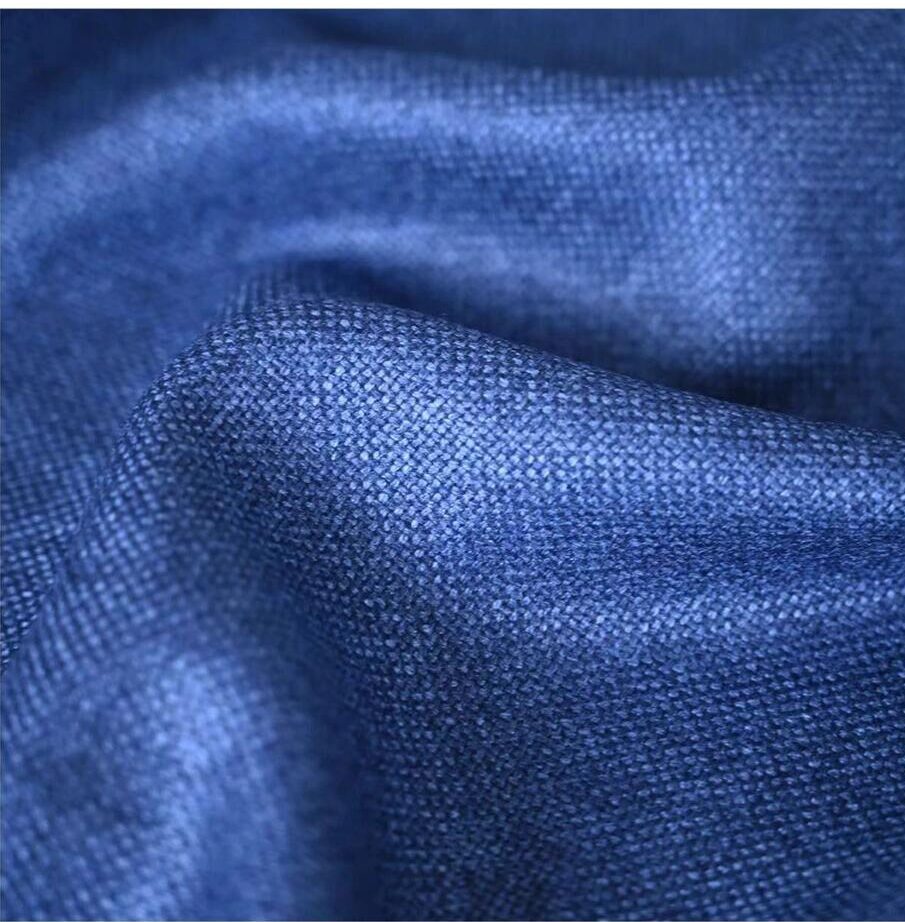
Cashmere Denim
Choosing the Right Denim Fabric for Your Needs
To select the best denim for your project, consider factors such as comfort, durability, and care requirements. For casual everyday wear, cotton or spandex blends offer versatility. For upscale fashion, silk or cashmere denim provides a refined touch.
Call to Action
Ready to elevate your designs with premium denim fabrics? Browse LYDENIM.COM exclusive collection of quality materials tailored for fashion designers, garment manufacturers, and fabric sellers. Explore our catalog now to find the perfect fit for your next creation!
Customization Services by LYDENIM
🎨 Want custom denim fabrics or unique custom denim garment? LYDENIM specializes in tailor-made solutions to meet your design and production needs.
🛍️ Explore & Get Inspired: Browse our fabric selections and discover design ideas on LYDenim.
🌐 Elastic Clothing: Check out our offerings on MyAlibaba. 📩 Contact Us: Reach out at malone@lydenim.com.
Create your denim masterpiece with LYDENIM—your trusted partner for stretch fabric and custom denim solutions.
